The Cham community in Binh Thuan and Ninh Thuan provinces has two main sects: the Cham people who follow Brahmanism and the Cham people who follow Bani Islam. In addition, there is a small group that follows Islam, this group was separated from Bani Islam, introduced to Ninh Thuan province since the 60s of the 20th century. In general cultural life, culinary culture in particular, the Cham people of the two above sects have their own culinary characteristics and codes of conduct.

Dishes offered by Cham people to the gods during the festival
Culinary characteristics of the Cham people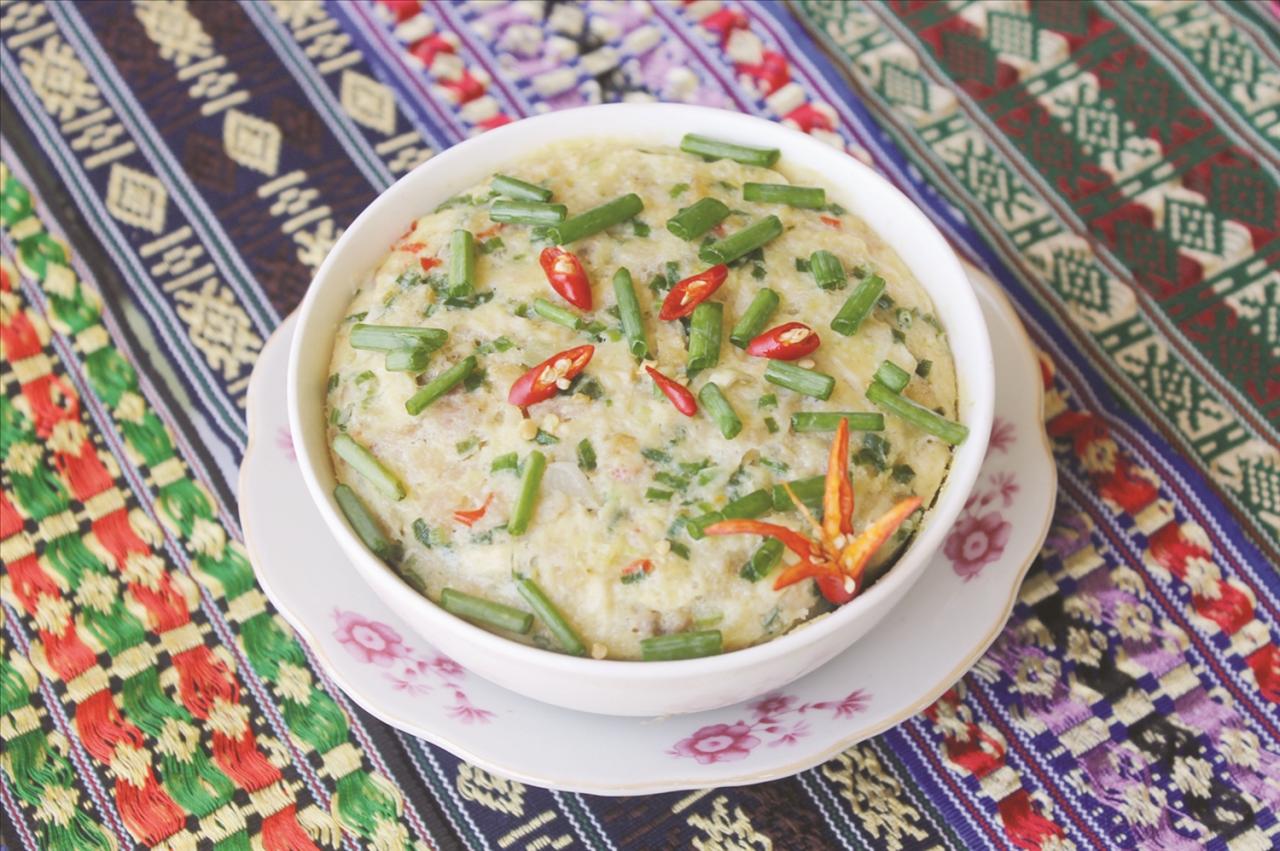
Cham people's fish sauce
In cooking, the Cham people pay great attention to spices that make the dishes more flavorful and palatable, such as chili, onion, lemongrass, fish sauce, salt, etc. In Ninh Thuan, there is a famous spicy Cham village, which is the Cham village of Bani Luong Tri (Palei Cang), Nhon Son commune, Ninh Son district. More than 30 years ago, almost every house had a chili garden and stored dried chili as the main spice in cooking dishes from freshwater seafood such as fish, eel, frog, etc. Besides using many spices, in Cham dishes, the dish of the Mưthin (fish sauce - a typical dipping sauce) is indispensable. There are many types of Cham fish sauce such as: Ia Mưthin (fish sauce), Mưthin nguoic (fish sauce), Mưthin jrum (shrimp sauce), Mưthin drei (fish sauce), Mưthin tung ikan ya (tuna fish sauce), Mưthin ritaung (fish sauce), Mưthin ka-ơk (steamed fish sauce)...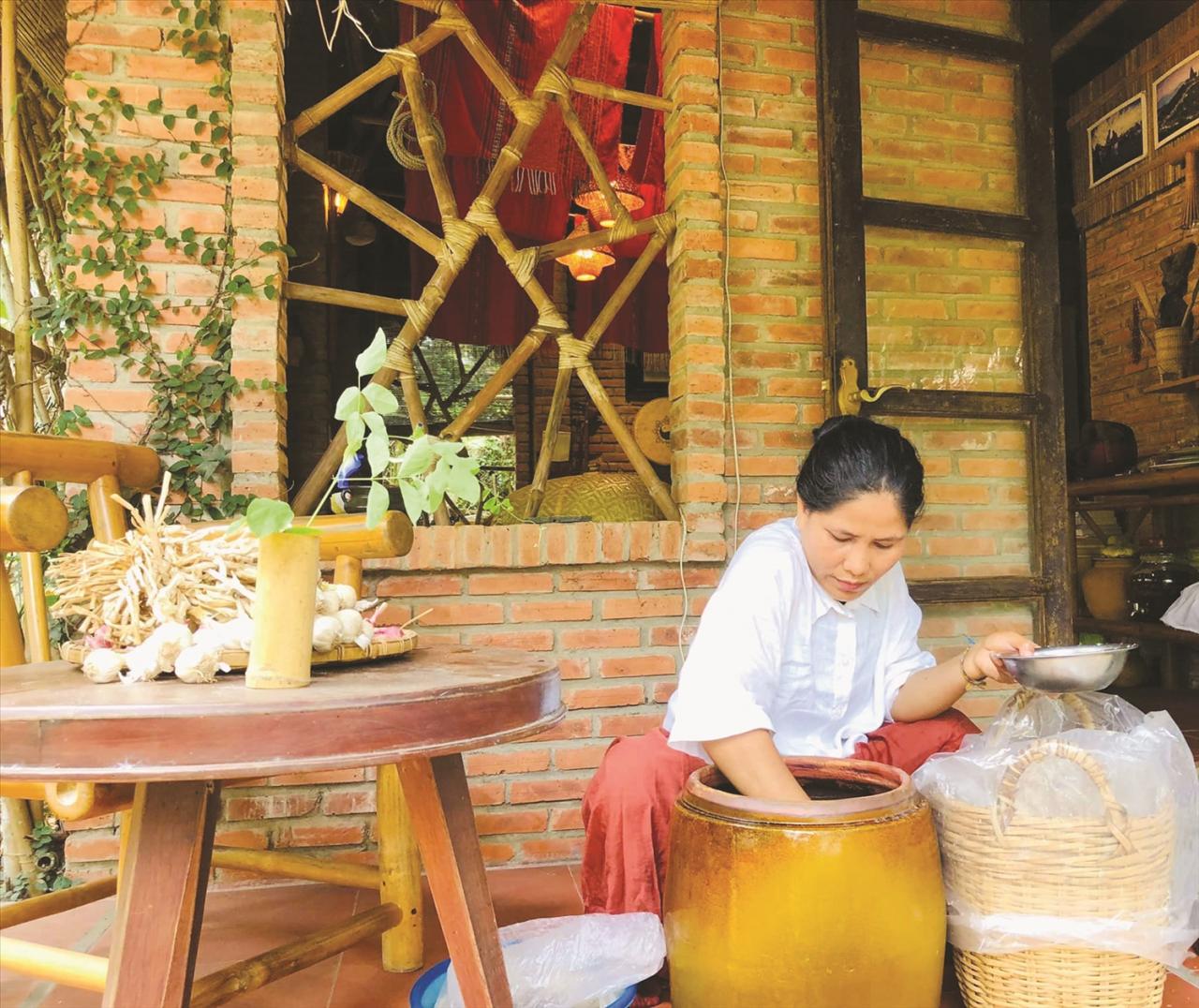
Cham people are processing salted fish. Photo: Kieu Maly
Dining etiquette In ancient Cham families, people spread out mats or mats in the East-West direction to serve meals. In the morning and afternoon, meals are usually served in the yard, and at noon, they are eaten on the porch. Food is served on trays and people sit according to the hierarchy in the family. Women (mothers, sisters) often sit near the pots and pans, eating and adding food to everyone's food. Meals begin when the elders pick up chopsticks. During meals, no talking or arguing is allowed, and no food is dropped. In communal houses, depending on the nature and religion of Brahmanism or Bani, Cham people have different ways of serving food. If it is a funeral in both religions, the food is served in the North-South direction, but if it is other ceremonies such as weddings or worshiping gods, they serve food in the East-West direction. The Brahman Cham people serve food on trays for two or four people. The Bani Cham people only serve food on trays for the two elders or dignitaries sitting at the top (called the upper tray). The lower trays will display food directly on the mat.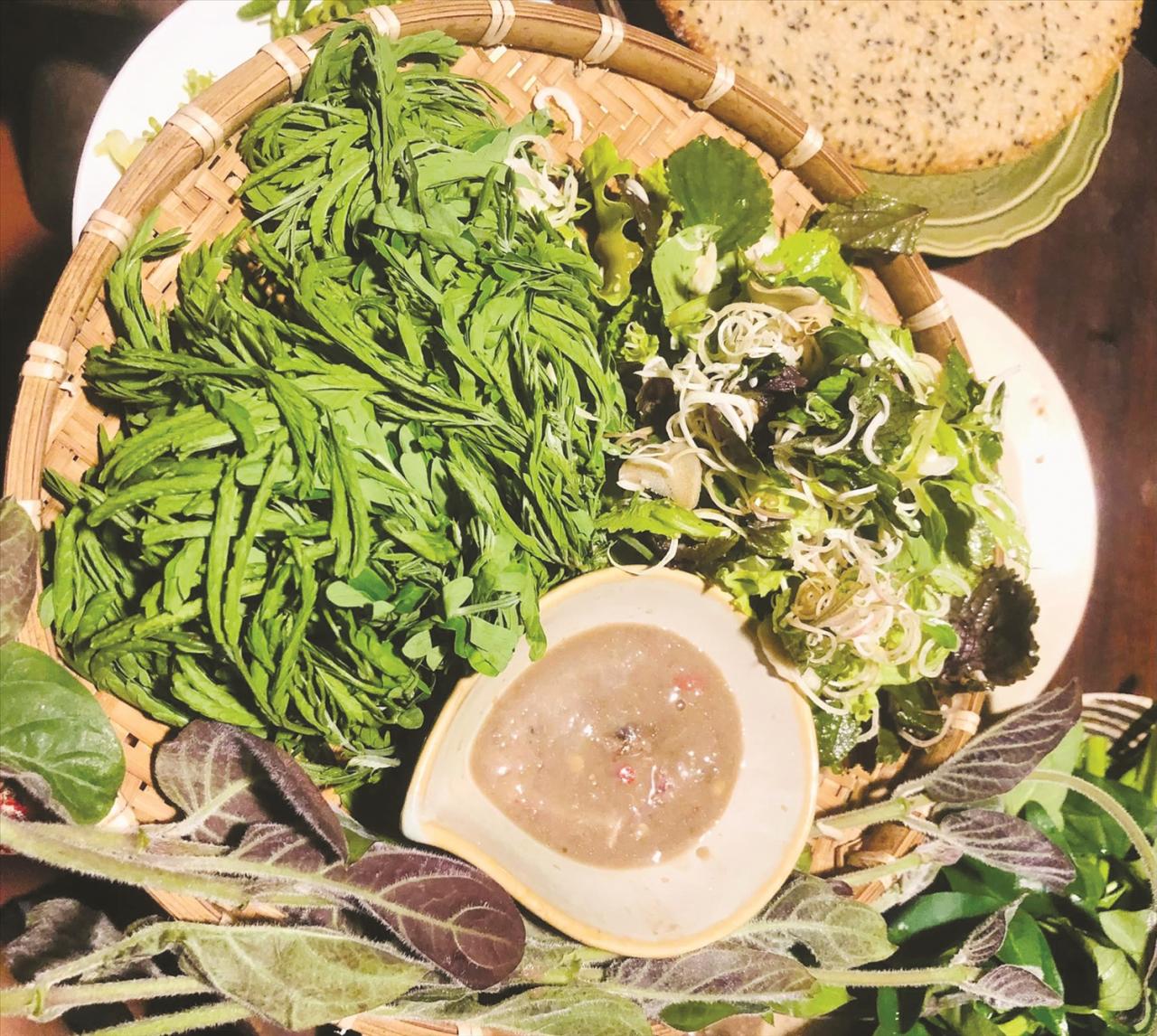
Cham people's vegetable and dipping sauce dish. (Photo: Kieu Maly)
The dignitaries of the two religions participating in the worship in the ceremonial house (Kajang), when sitting at the offering tray, must sit cross-legged and bite a grain of salt, performing the ritual of asking for permission with gestures and silent chants in their mouths. Cham men eating at festivals or at home all sit in a cross-legged position. Women sit in a cross-legged position like the dignitaries, which is the required standard posture. In any festival, men are invited to eat and drink first, then women. Monks have strict taboos such as not eating catfish, meat of dead animals... Brahmin monks are not allowed to eat beef, Bani monks abstain from eating pork, monitor lizard meat and many other taboos. It can be seen that the culinary culture and the rules of conduct in eating and drinking of the Cham people have created a very unique "Cham culinary style", contributing to the rich and unique culinary culture of the 54 ethnic groups of Vietnam. Source: https://baodantoc.vn/van-hoa-am-thuc-dac-trung-cua-nguoi-cham-1733211716702.htm







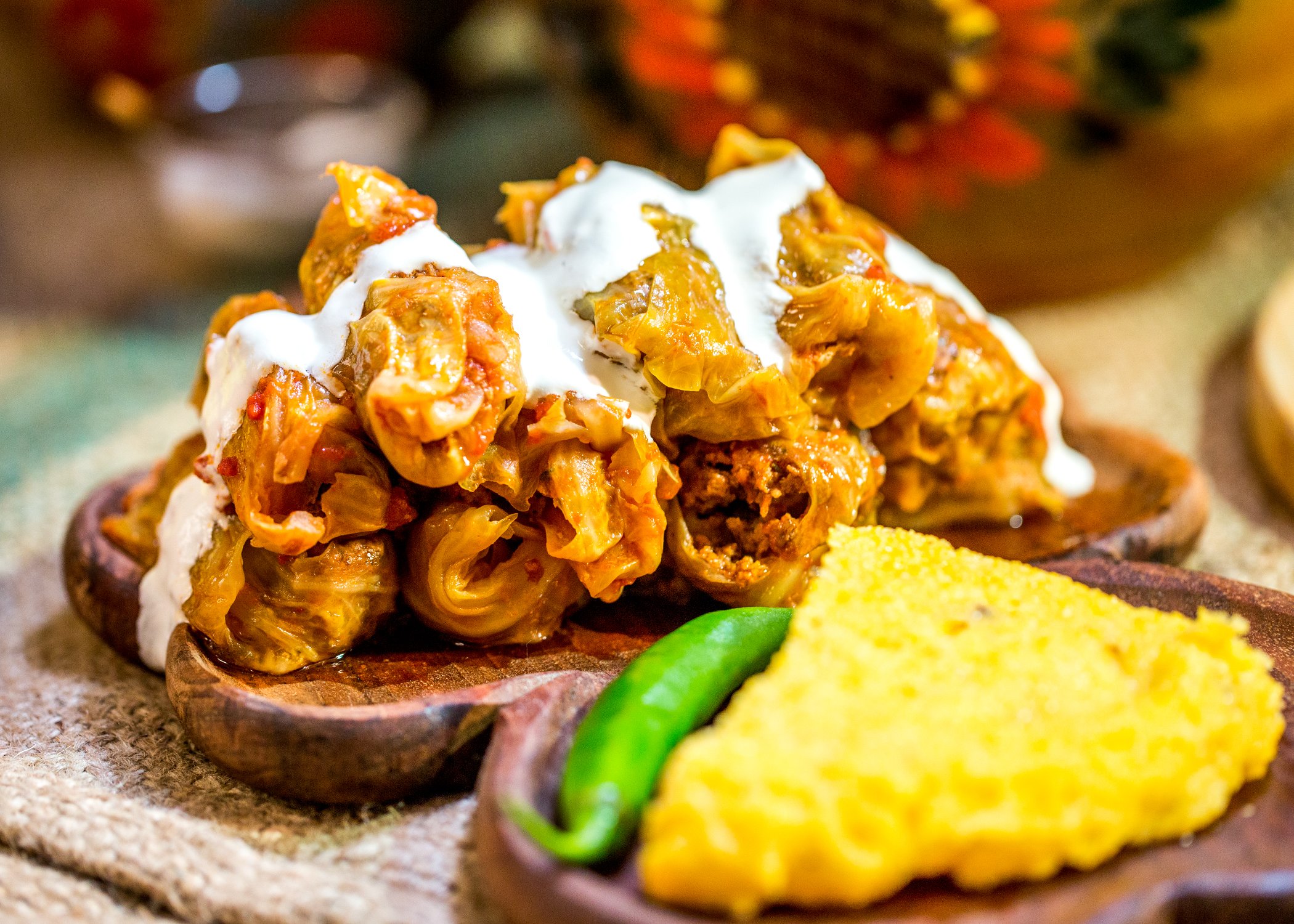

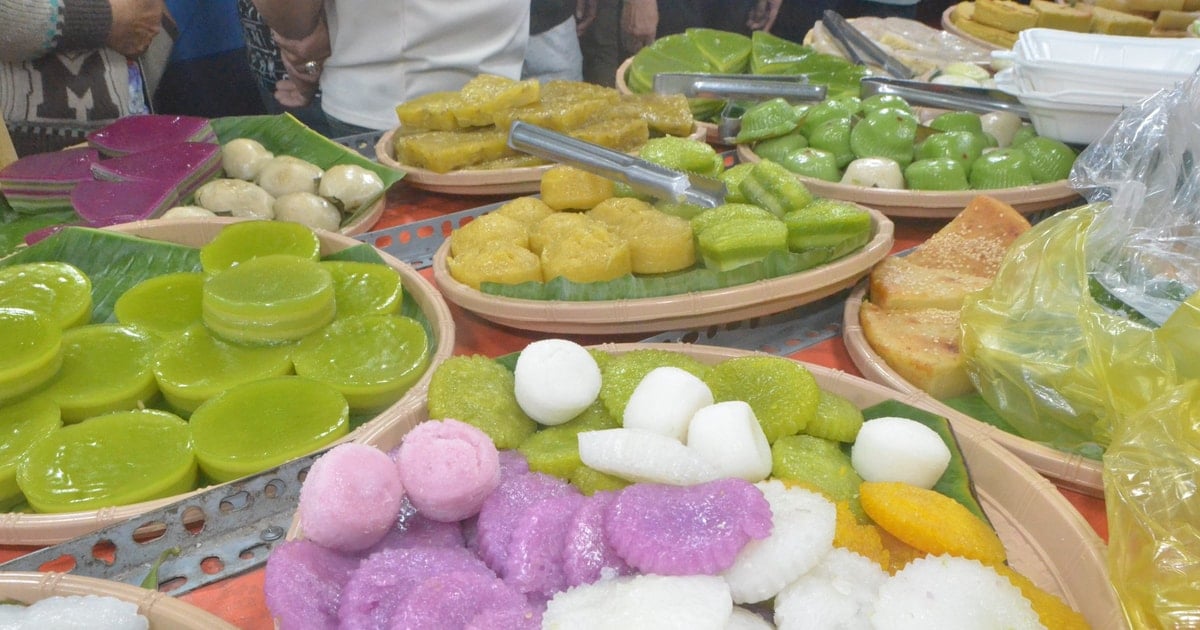

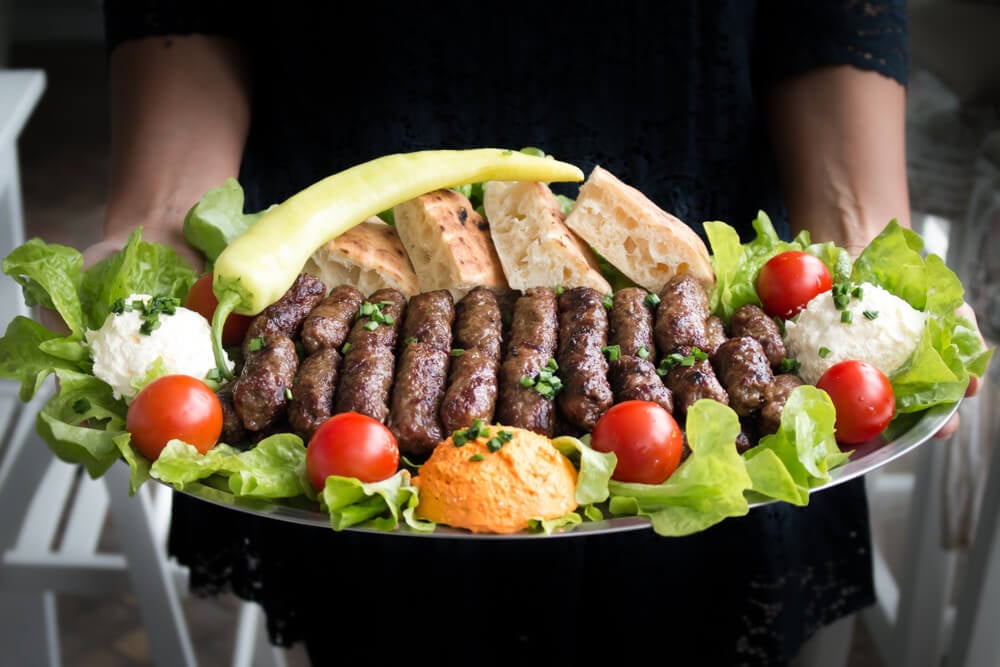
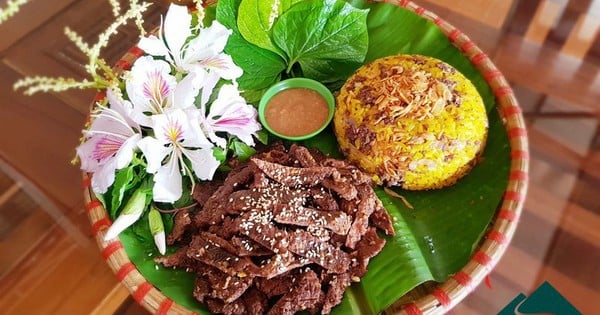

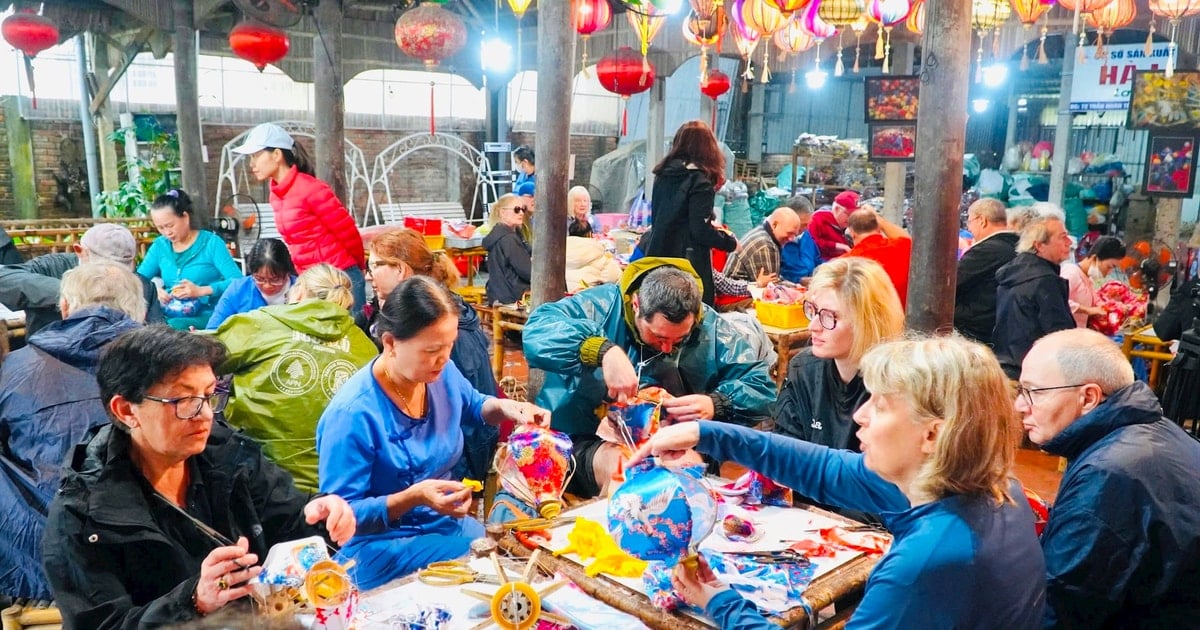
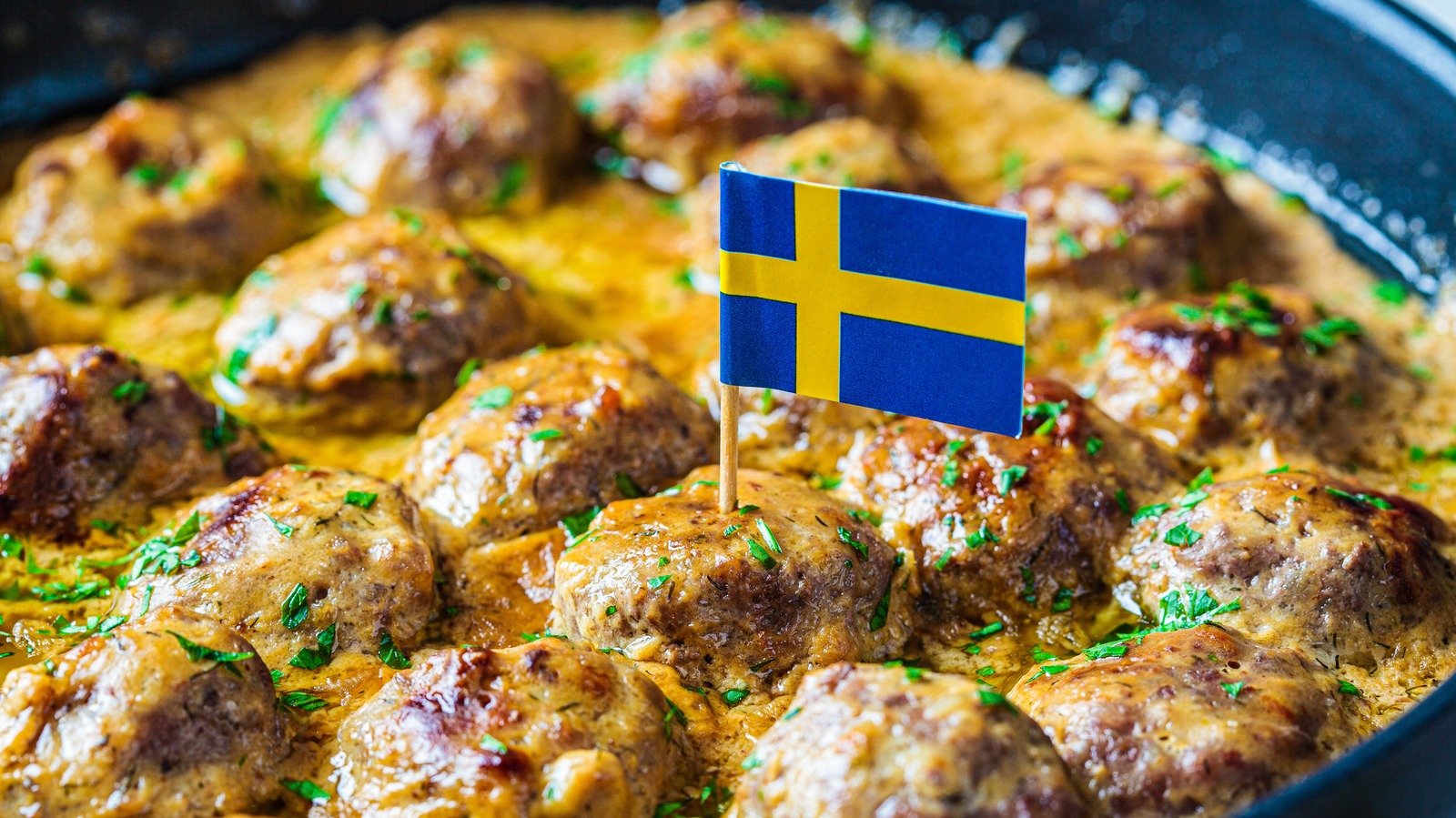
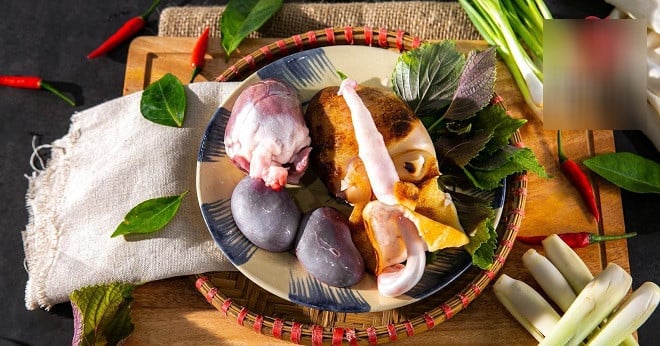

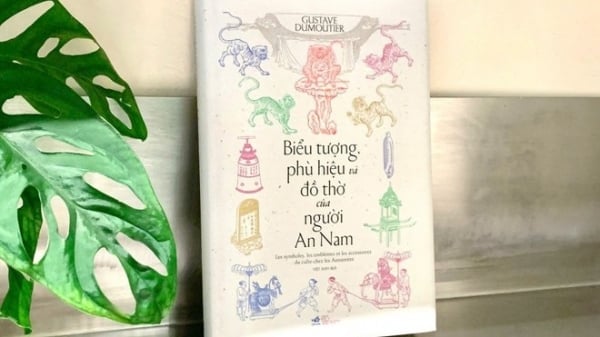

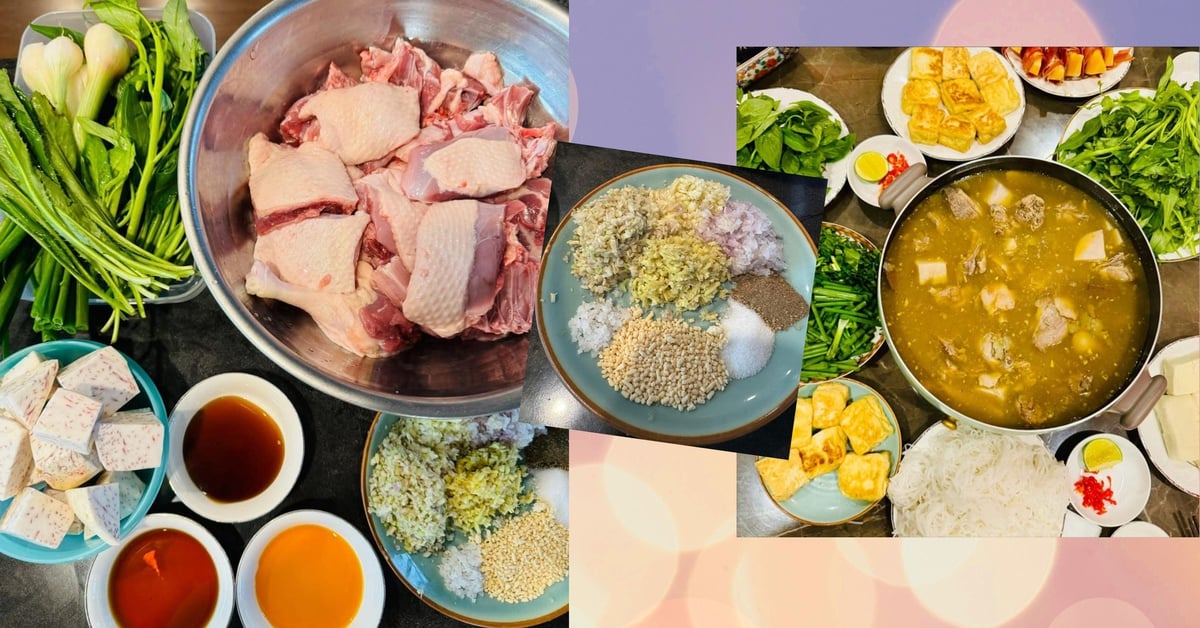

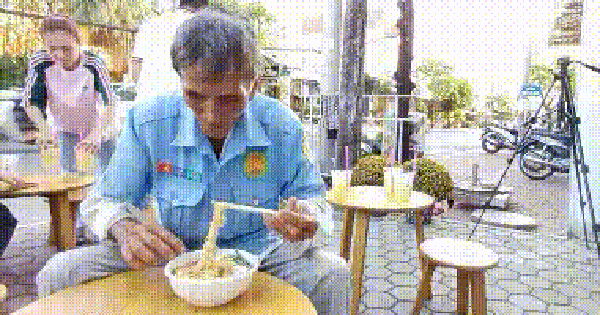

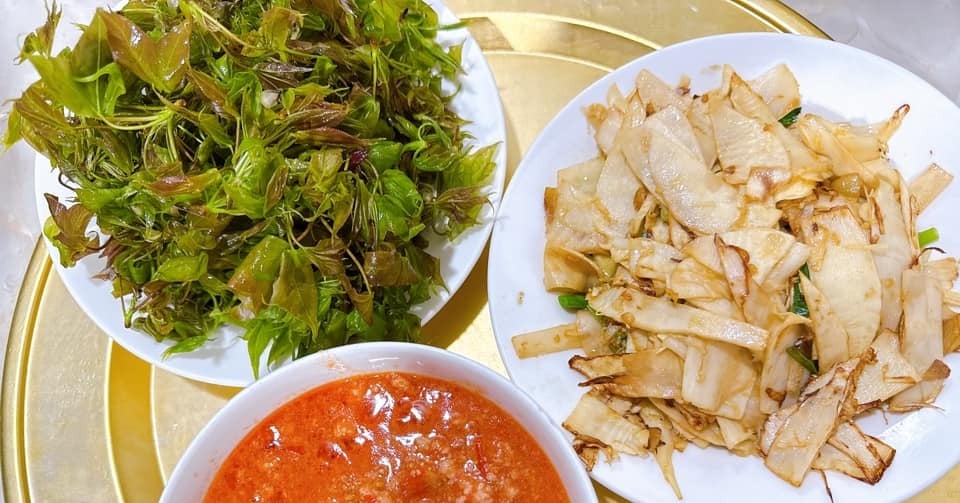
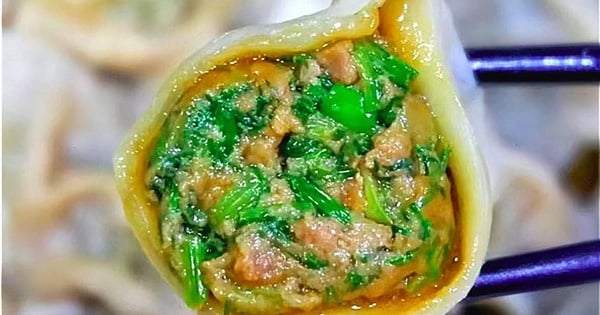
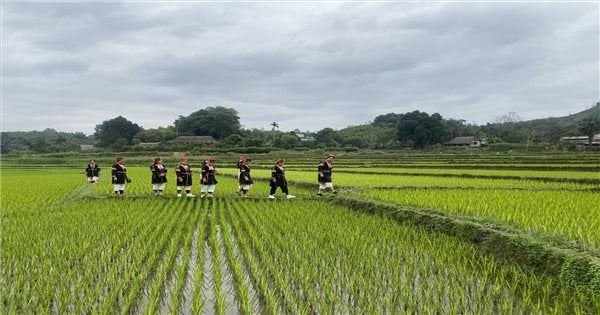


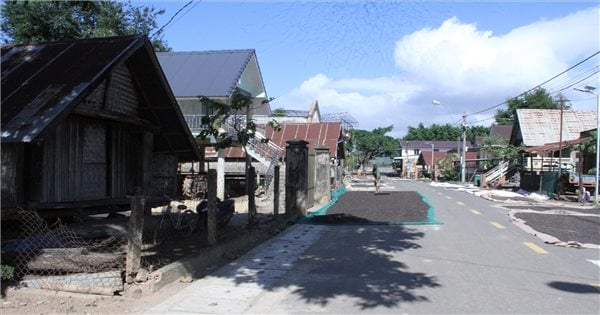
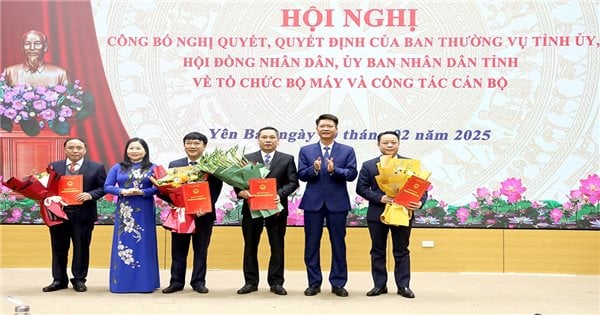
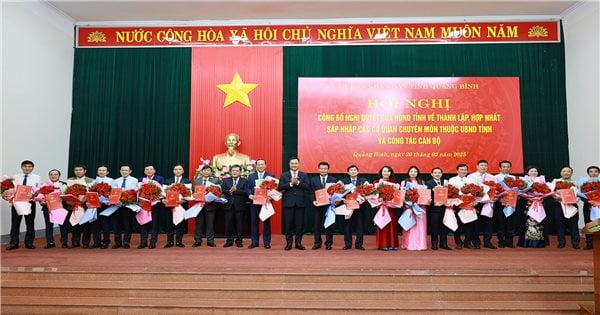







![[Photo] Prime Minister Pham Minh Chinh chairs Government Conference with localities on economic growth](https://vstatic.vietnam.vn/vietnam/resource/IMAGE/2025/2/21/f34583484f2643a2a2b72168a0d64baa)














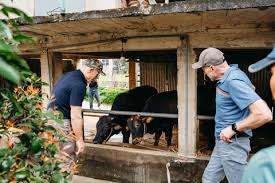
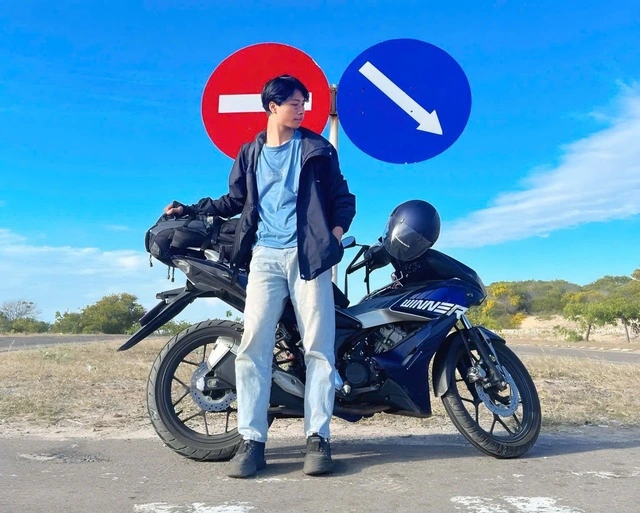
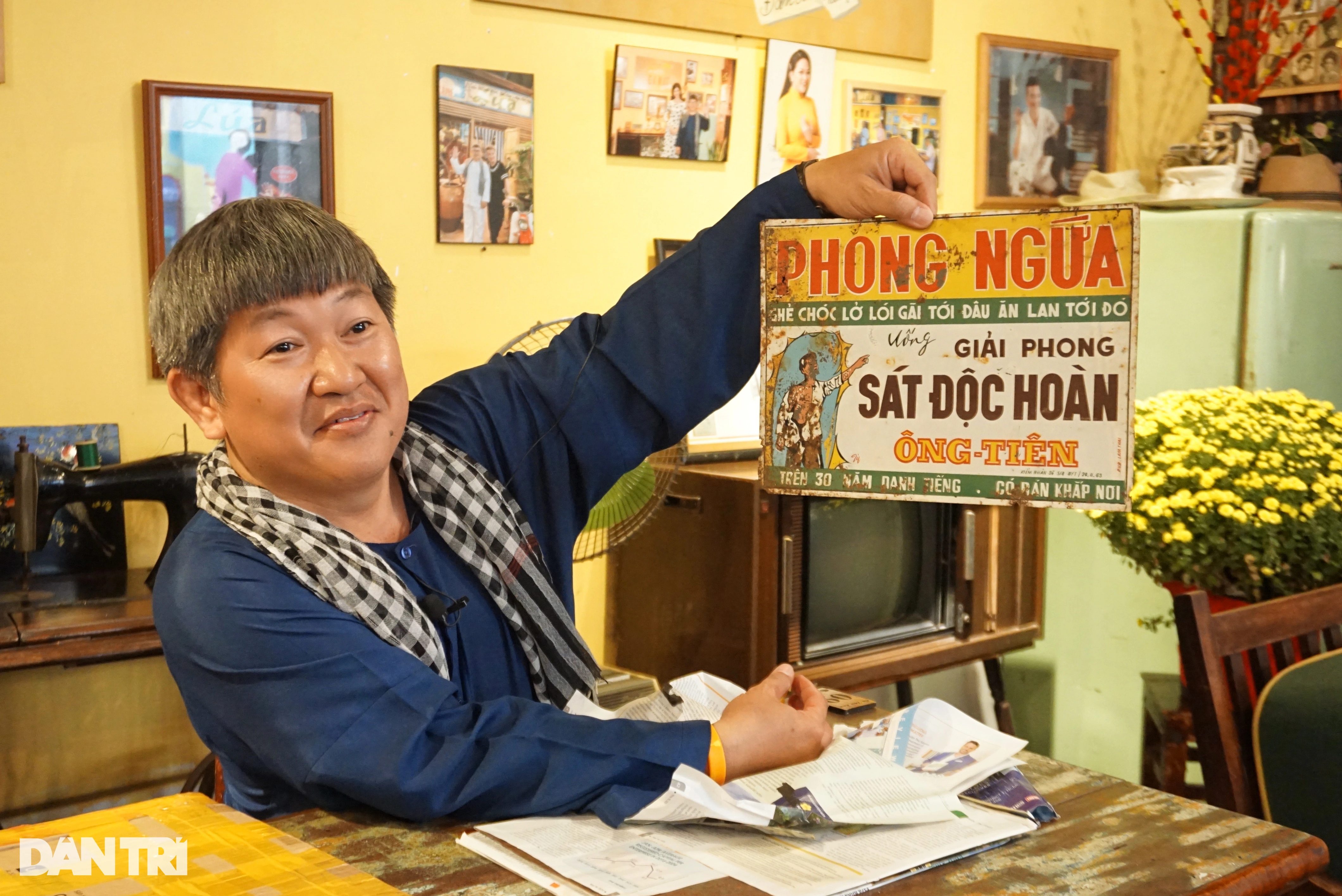









































Comment (0)